After nine months in the job, Aston Martin’s new CEO, Andy Palmer, is still making up for lost time. There was much joy and relief when the Stratford-born 52-year-old left a top Nissan post late last year to take charge at Gaydon, although, as every Aston watcher knew, the challenges were massive.
Aston had been leaderless for a year. Its range was overdue for renewal, its global markets needed reorganisation, its core technology was changing and the needs of its shareholders – Italian, Kuwaiti and German – needed corralling into a single set of objectives. Could one man do all that?
Palmer made a flying start. He charmed and calmed the troops at Gaydon. On gardening leave from Nissan, he had part-invented what soon became Aston’s ‘Second Century Plan’. (“I wasn’t working,” he says, “but I was thinking.”) He schmoozed suppliers and Aston owners, and all the while his inquisitive eye was looking into neglected corners and watching markets, even those where you count Aston sales on the fingers of one hand.
I watched all this, wondering what the new CEO was really like. He was dynamic, but could he keep it up? Would the new philosophy stick? A few months ago I asked if I could hang out with Palmer for a day, to see things from the sharp end. He liked the idea, which is why early one Wednesday last month I was sitting in the kitchen of his house in Northants, about 40 minutes’ drive from the office.
6.30am
Palmer and his wife, Hitomi, are ready for breakfast when I arrive. Hitomi is a superb cook and we tuck into a delicious full English while Palmer outlines his morning: a catch-up with technical assistant Nikki Rimmington (not a PA, but a young high-flier shadowing the CEO), a warts-and-all Asia Pacific sales review, a meeting of Palmer’s new female advisory board to discuss buyer research from Shanghai, and a visit to the design studio.
7.20am
Palmer punts his Aston Martin Rapide towards Gaydon with brisk precision, taking care not to rile people in lesser cars. Some will be his colleagues. Succinctly, he summarises Aston’s challenges: introducing “clinical quality” into its cars, bridging the earnings gap to the new range with specials like the GT12, Vulcan “and a couple of others”, and embedding cost-cutting into Aston’s corporate psyche so the company develops a free cash flow by 2018. “It’s not sexy,” he says of the last point, “but it’s really important.”
With progress in those areas, Aston Martin will be ready to replace the DB9 and Vantage, moving them farther apart in look and character. After that, there will be models for new niches, such as the DBX crossover and the Lagonda Taraf saloon, the latter recently promoted from a Middle Eastern plaything to a model for the world. “In future, we can’t afford the feast-to-famine cycle where volume swings from 4000 to 7000 a year,” says Palmer. “Introducing new models such as DBX and Lagonda and stabilising sports car production at around 7000 a year will help us to avoid that.”
8.30am
Palmer has been at his desk for 15 minutes, riffling through post that includes Autocar. Rimmington summarises his agenda, reminding Palmer about the presence of a group of female visitors from Indonesia, marshalled by a forceful lady dealer from Jakarta. Some are ‘prospects’ and the CEO needs to say hello.
Then engineering director Ian Minards pops in with news of a successful crash test for an experimental Aston. “Crash results are like waiting for your kids’ exam results,” Palmer says with a grin. “This one passed.”
8.45am
The Asian sales review is a conference call featuring half a dozen experts at this end and a pleasant-sounding bloke called Patrik Nilsson, the Asian regional director, at the other. There begins a serious examination of Aston’s sales performance, with Japan and Korea soon identified as priorities for improvement.
The air is full of unfamiliar terms: closure rates, hot and new prospects, wholesale numbers and leads per quarter (the figure is 4800; Palmer expects 6000 and stridently says so). In his office, later, I learn that there’s a remarkably accurate correlation between leads and realised sales, which is why 4800 against a 6000 target isn’t enough. As Nilsson’s voice fades, I know I wouldn’t want his job.
10.00am
Back in Palmer’s office, an impressive market intelligence expert, Carlee Hardaker, presents fascinating info about how the DBX and Lagonda have played with potential female buyers surveyed in Shanghai. Why does this matter? First, because female luxury buyers are remarkably numerous (30% of Chinese Ferrari buyers are women). Second, because the findings will inform progress of the DBX. Third, because Palmer is keen to expand his embryonic female advisory board to eight or nine women worldwide, and this shows the validity of the idea.
Killer facts flow with density and speed. Palmer laps it up and I struggle. The women find Aston’s brand story a key attraction, says Hardaker, like Hermes in the handbag world. The DBX concept has received wide approval, although its proposed electric powertrain hasn’t.
Some women wonder if two doors are enough (in production the car will have four) and whether there’s enough rear and boot space. But they ‘get’ the car, and Palmer is encouraged. The Lagonda doesn’t fare so well; it’s a bit too similar to a Rapide, says the research. Perhaps the trouble is the Lagonda brand is less well understood in Asia.
10.50am
We walk quickly to a stand-up meeting on quality – not just manufacturing faults but stuff like dealer treatment of customers. In January Palmer kicked off a new, nine-step system of identifying and defeating faults, and the group is collectively proud that the number has been reducing weekly.
We talk sun-affected leather (new adhesive adopted), corrosion around door handles (process modified) and trapped earth wires (assembly procedure changed). Some of the group look uncertain about a hack being alerted to rare Aston faults, but the truth is that I’m simply impressed with the rigour these people apply to fixing things. Were I an Aston owner, I’d love this meeting.
11.30am
We walk through a glass tunnel into the inner sanctum of the design studio where Palmer is to join design director Marek Reichman and chief designers Miles Nurnberger and Matthew Hill to review a new model.
My brief is to watch the process while not getting over-inquisitive about the cars. It’s a tall order.
The studio is a light, ballroom-sized space with many projects under way, some covered but most exposed to my gaze. As is well known, the priorities are replacements for the DB9 and Vantage, plus the creation of several limited editions.
Farther away are a new saloon (maybe not a Rapide) and the DBX. Palmer hasn’t seen the car he’s come to review for a week, and key styling features have changed. But he gives his okay quickly and informally and then, pausing only to scan an interior buck whose features are quite different from anything in production, we head upstairs for a sandwich. As we eat, Palmer describes some of the hidden difficulties of being a car maker. The project I’ve just seen, for example, has had to be finished in far less time than normal, “because a delay would take £50 million off our 2018 turnover”.
12.30-12.45pm
Palmer chats with the Indonesian women, who crowd around, delighted to meet him. No fewer than nine are ‘prospects’. If four or five buy, as should happen, it’s another million in the coffers.
1.30pm
Time for a meeting about cutting costs. Palmer knows that this is a permanent activity for successful companies; you don’t just do it when you’re in trouble. Insults may fly, he warns, in which case I’ll be asked to leave. But things go calmly, possibly because no one wants to be the bad cop. Concessions are made.
I learn how the company can save £200,000 a year just by machining its alloy wheels in a different way that makes no difference to the buyer. There is also a discussion around ‘corrected grain leather’, a material already used by Bentley that can cut trim costs. Most buyers will go for an upgrade anyway…
2.30pm
For the first time, Palmer has to depart from our programme for a secret pow-wow, so I troop off to inspect Gaydon’s new but already well-integrated £5 million chassis and body shop. My guide is Keith Stanton, director of Aston’s manufacturing operations. “These days we build everything knowing we’ll have to add to it,” he explains. The process of bonding and riveting extruded aluminium components into an all-aluminium chassis tub, which will be conducted here, looks familiar but has been refined by much experience.
3.30pm
Palmer must depart for Heathrow. Tonight he’s on an overnight flight to Shanghai to represent Aston (alongside McLaren and Lotus) in discussions on how Chinese CO2 limits are affecting luxury car sales. On Friday he’ll be in Beijing for a market review and to conduct a new dealer “beauty contest”, and by Sunday night he’ll be home again.
On the way we call in at Wellesbourne, where Aston Martin has a discreet Special Operations and Racing department, run by consummate engineer David King. This is the place where cars such as the James Bond Astons are prepared, along with the likes of the GT12, the Vulcan (£1.5 million plus taxes) and the original Lagonda. This is hallowed turf.
4.30-6.00pm
We head to the airport, Palmer fully employing the ACPO guidelines in his choice of a motorway cruising speed for the Rapide. After a day’s hard work, we have time at last to discuss the essential appeal of the Aston boss’s job. “From a very early age I wanted to be the CEO of a car company,” he says, “but when I decided to take this one from Nissan, I was pretty sure people would say I was mad. As far as I know, Aston has only been profitable for a few of its 102 years, and for only one of its owners. What were the chances of success?
“But the reaction has been great – not that I would have minded if it hadn’t been. I’m 52, and I know the vital model generation will be the one after this, the one we pay for ourselves. I want to be around to make it happen. Call it arrogance, but I’m aware people remember every CEO of Aston Martin, and there’s something to be said for writing a bit of British car history. Call it giving something back.”
Get the latest car news, reviews and galleries from Autocar direct to your inbox every week. Enter your email address below:

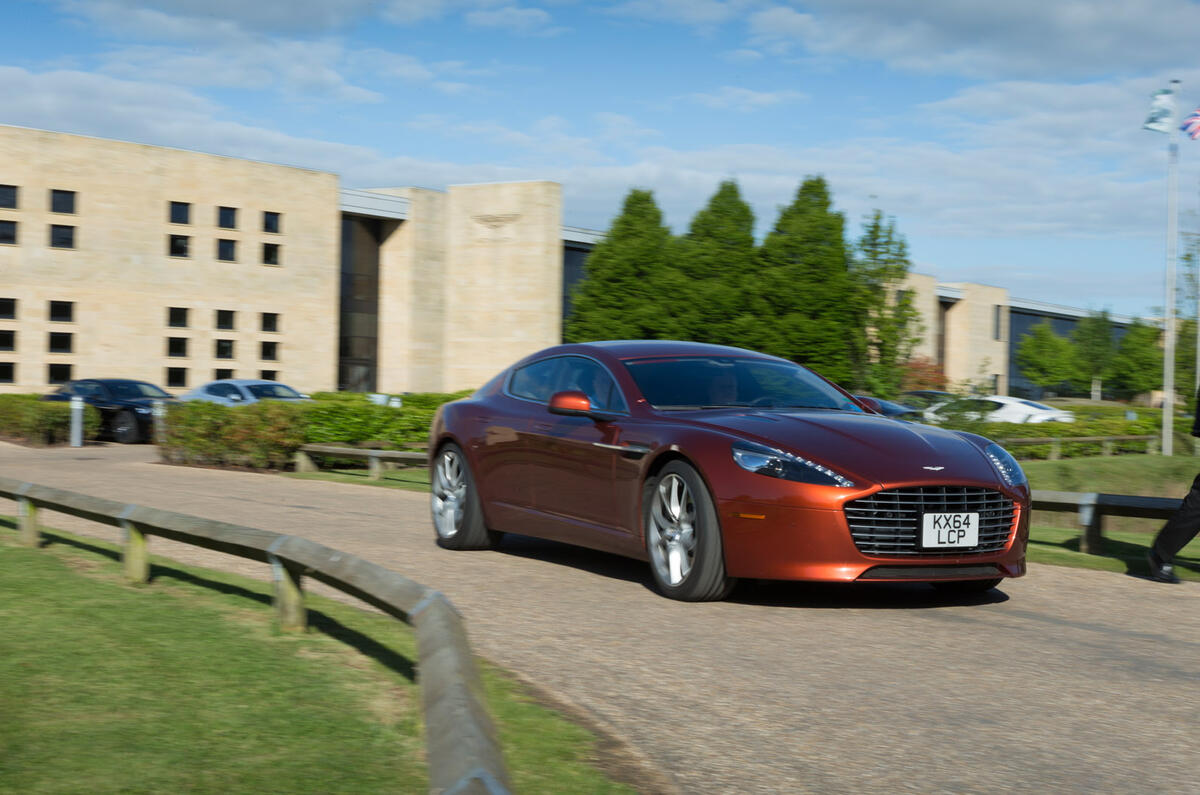

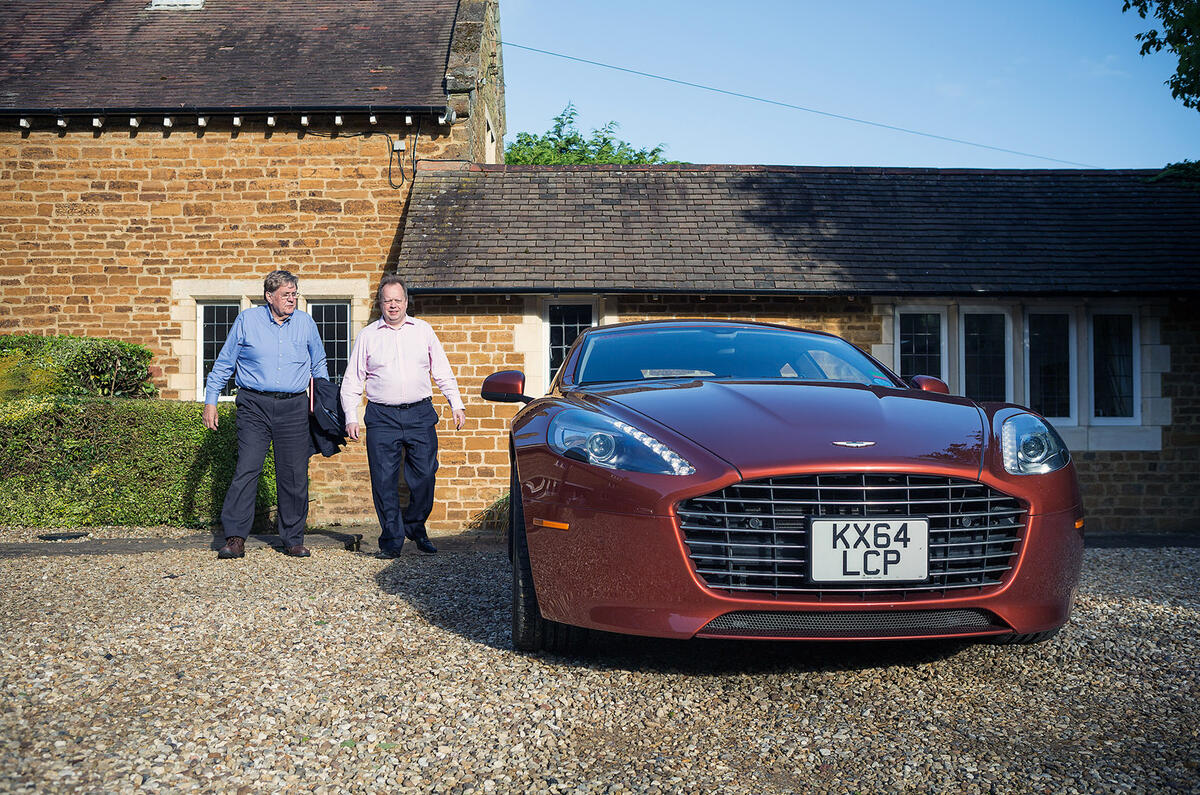


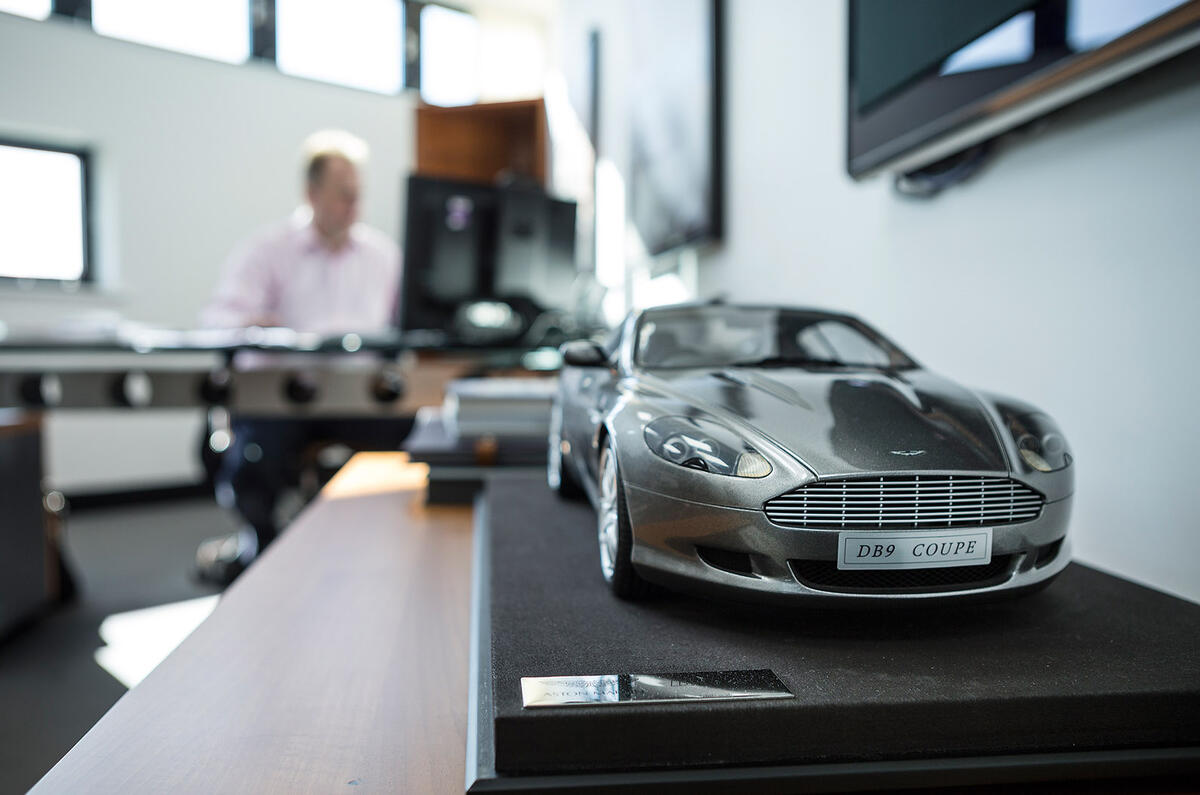

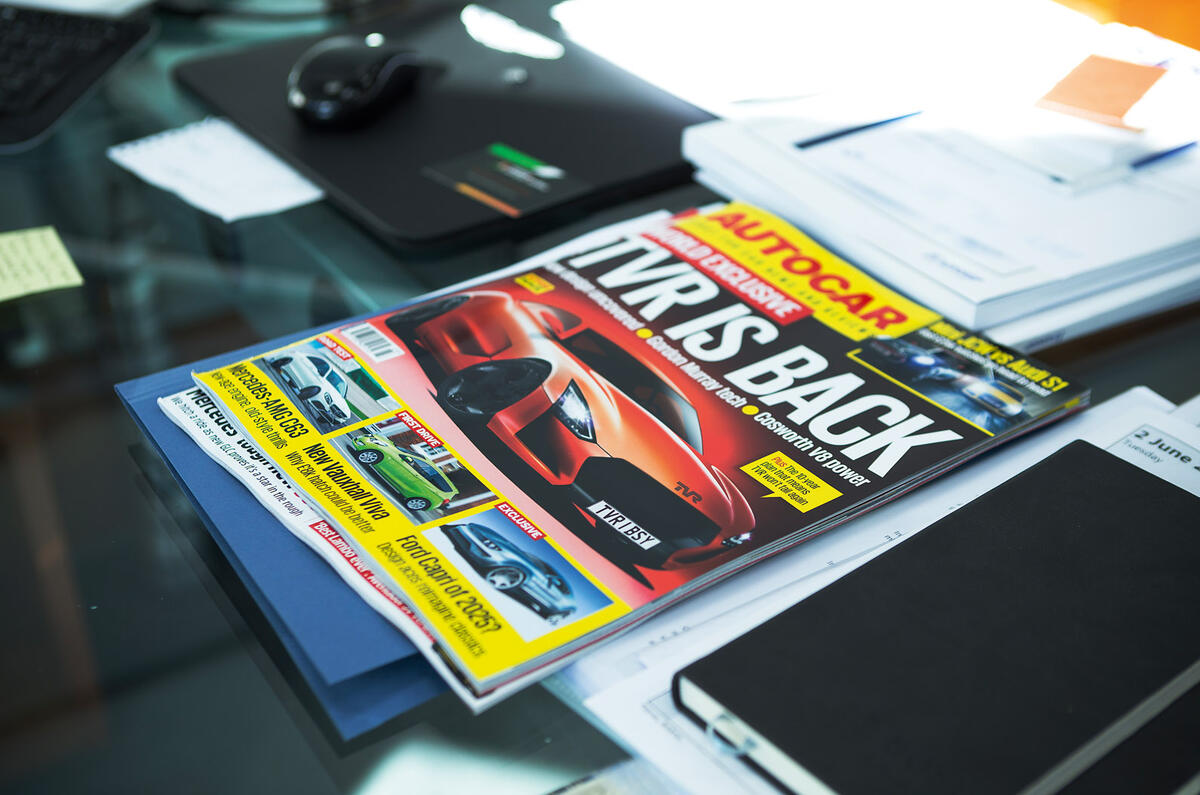



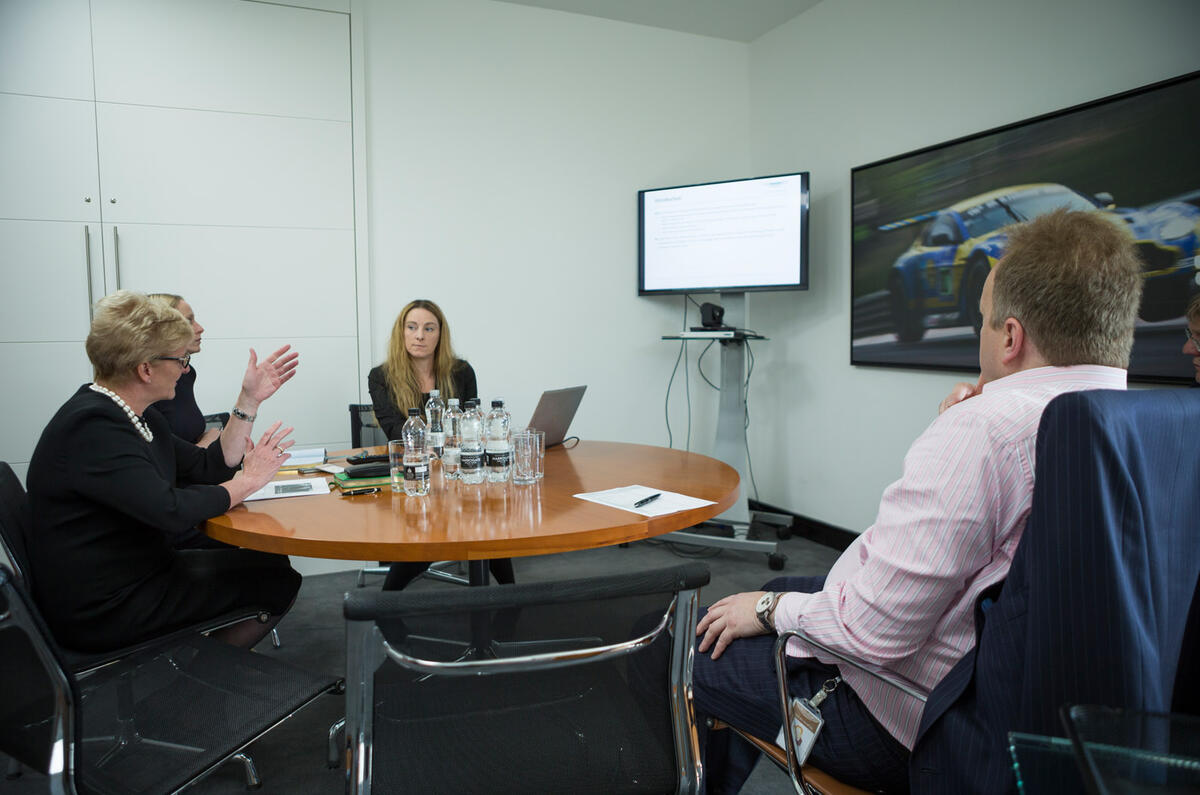
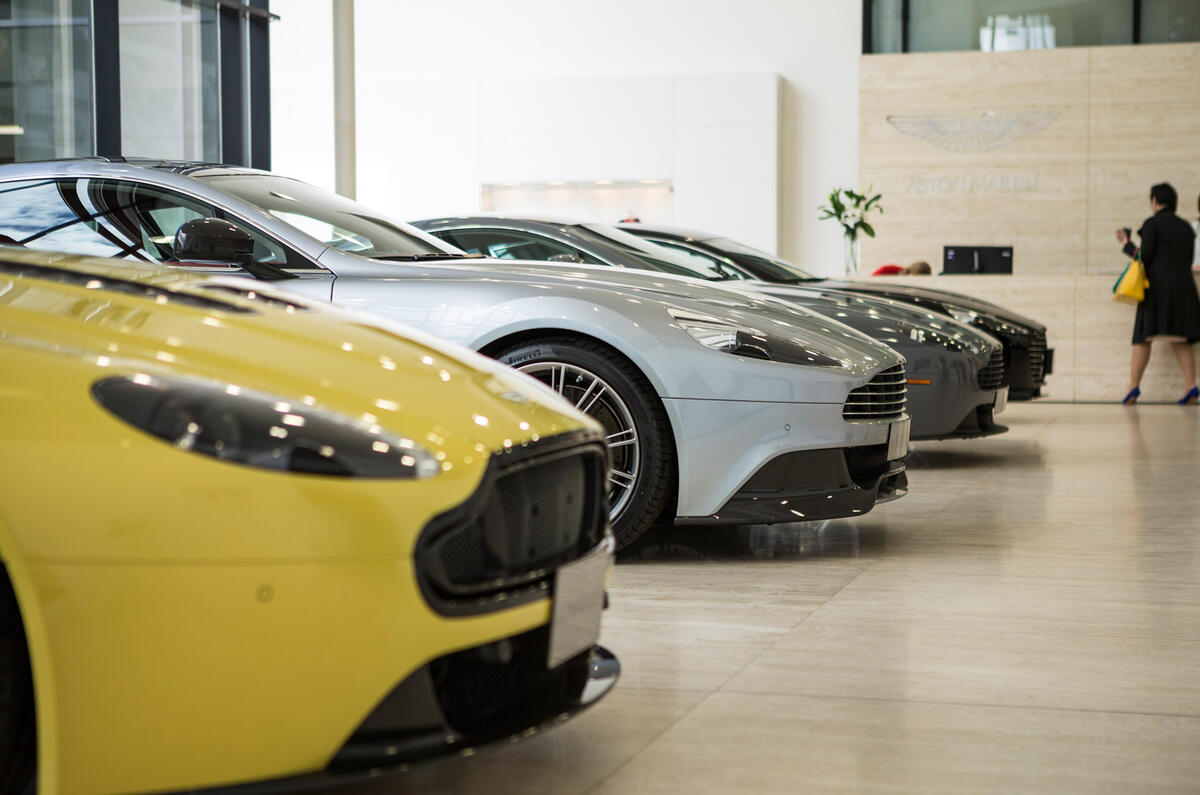
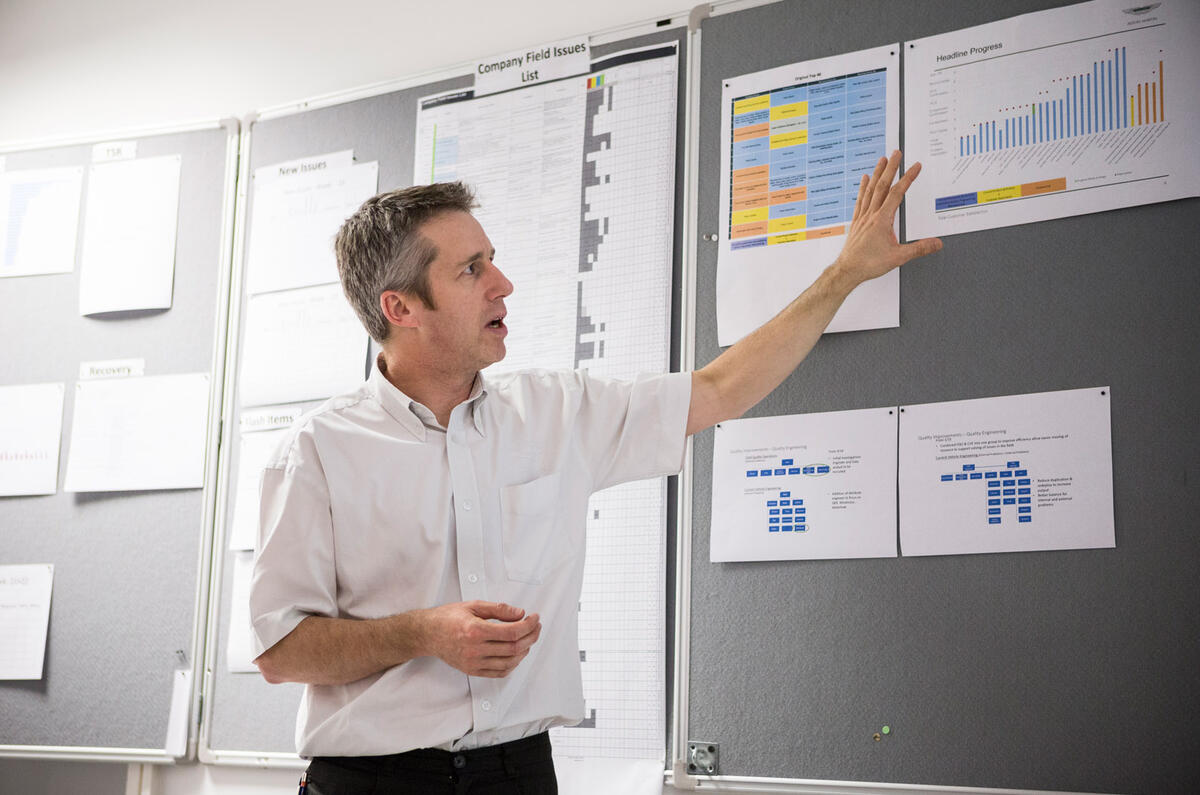
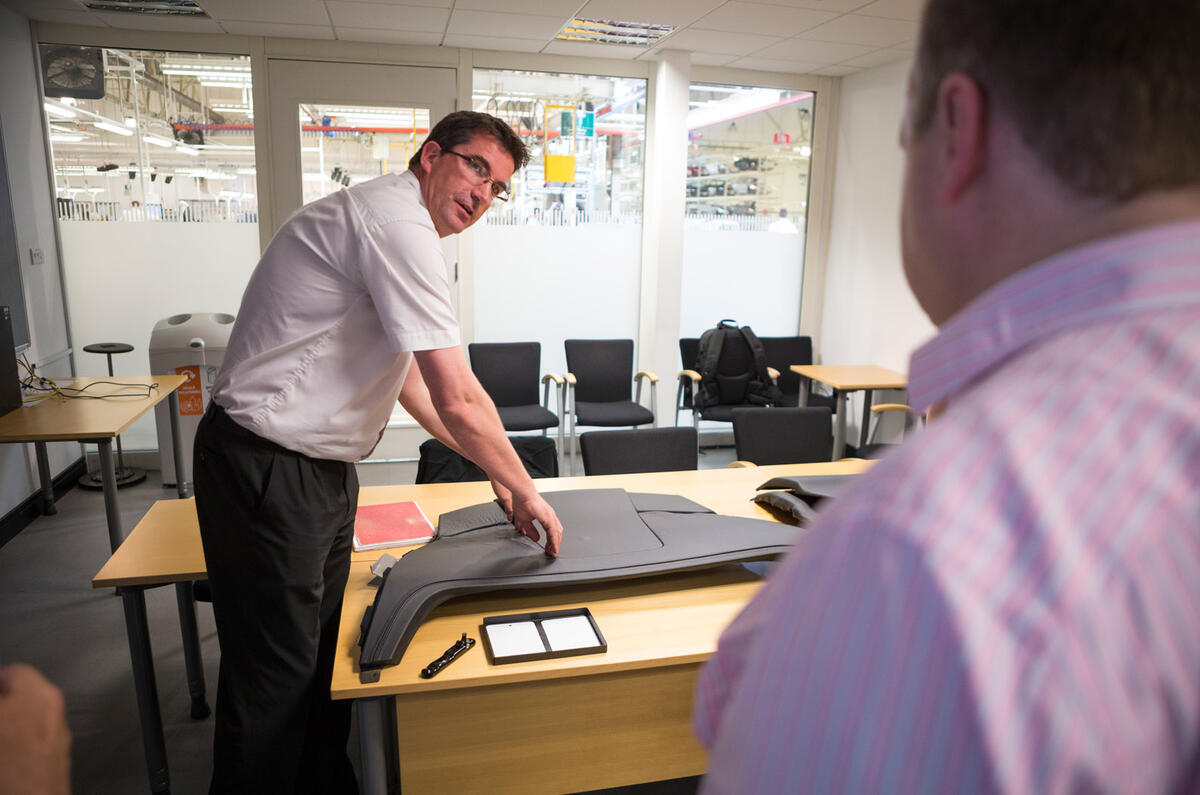
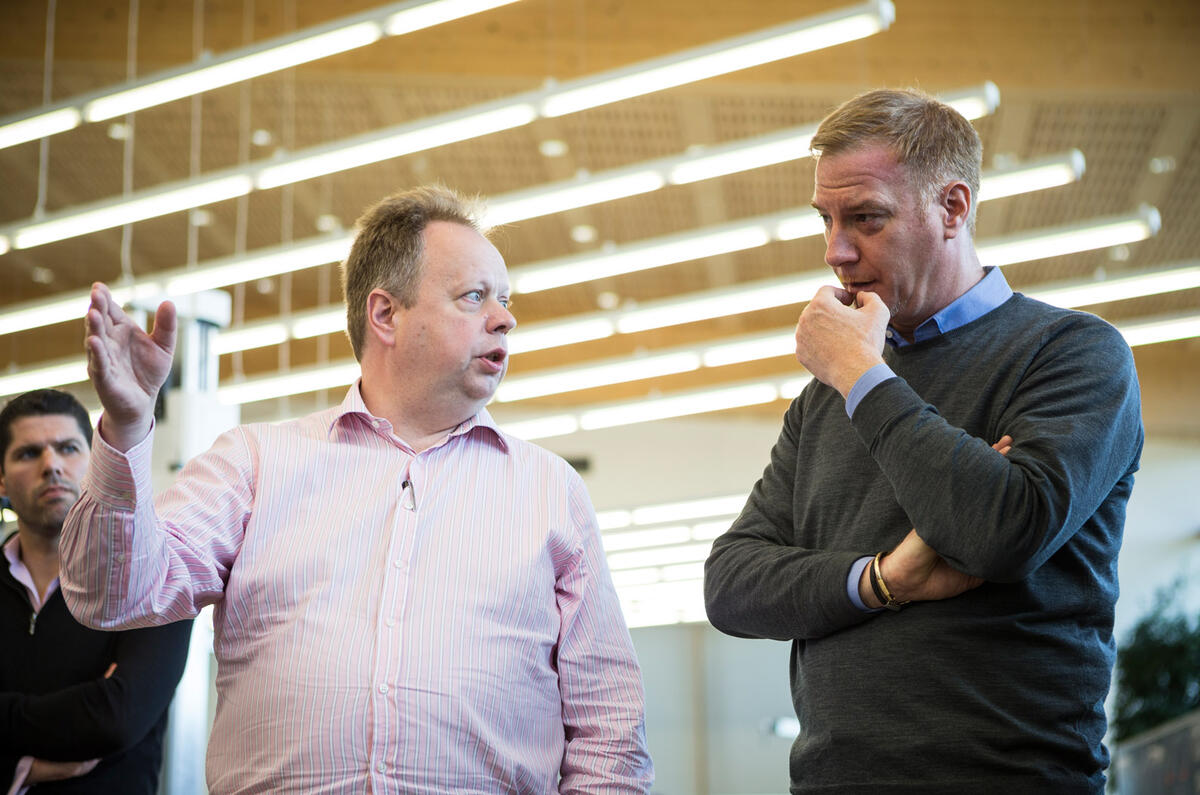
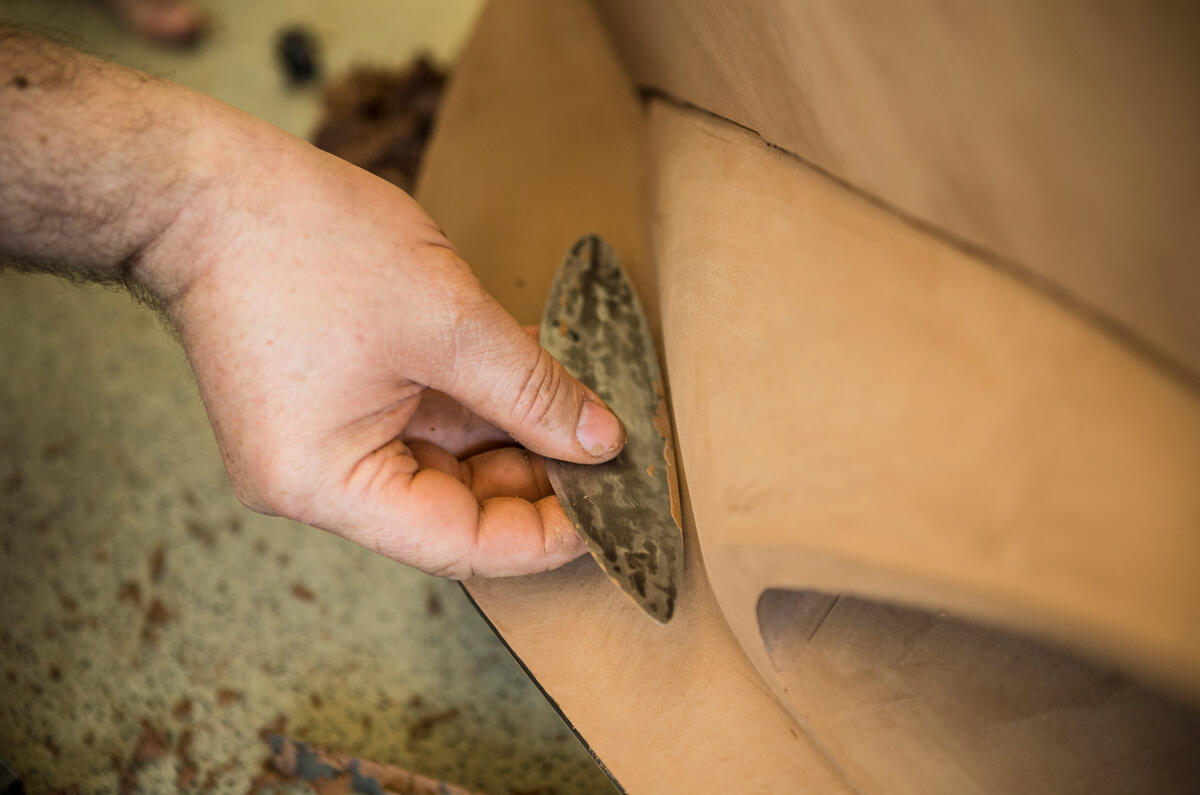

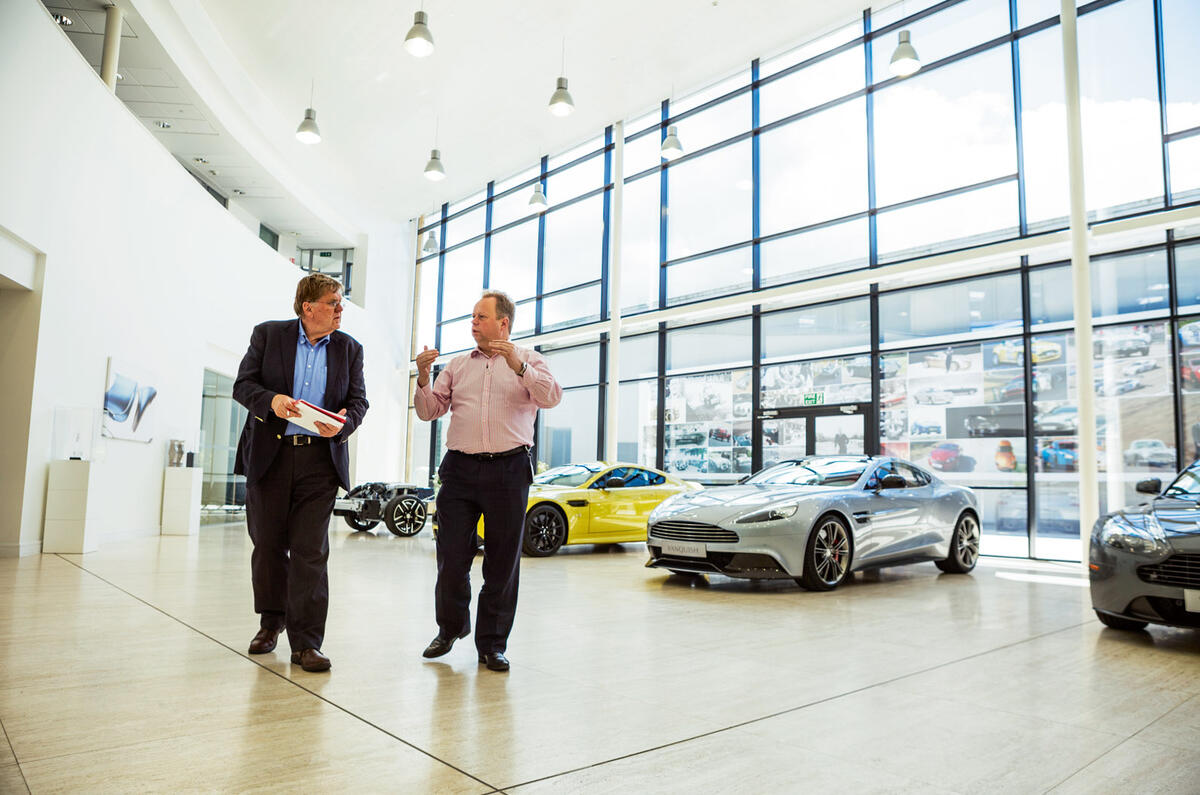
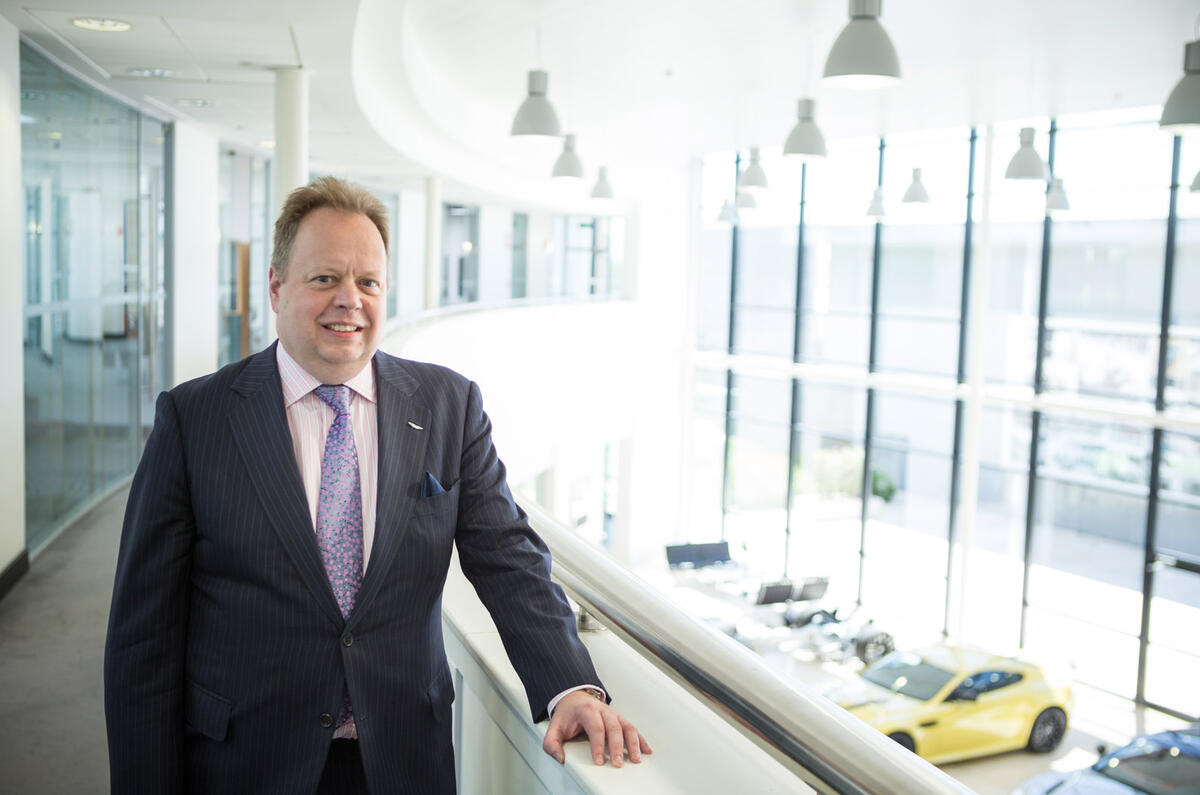

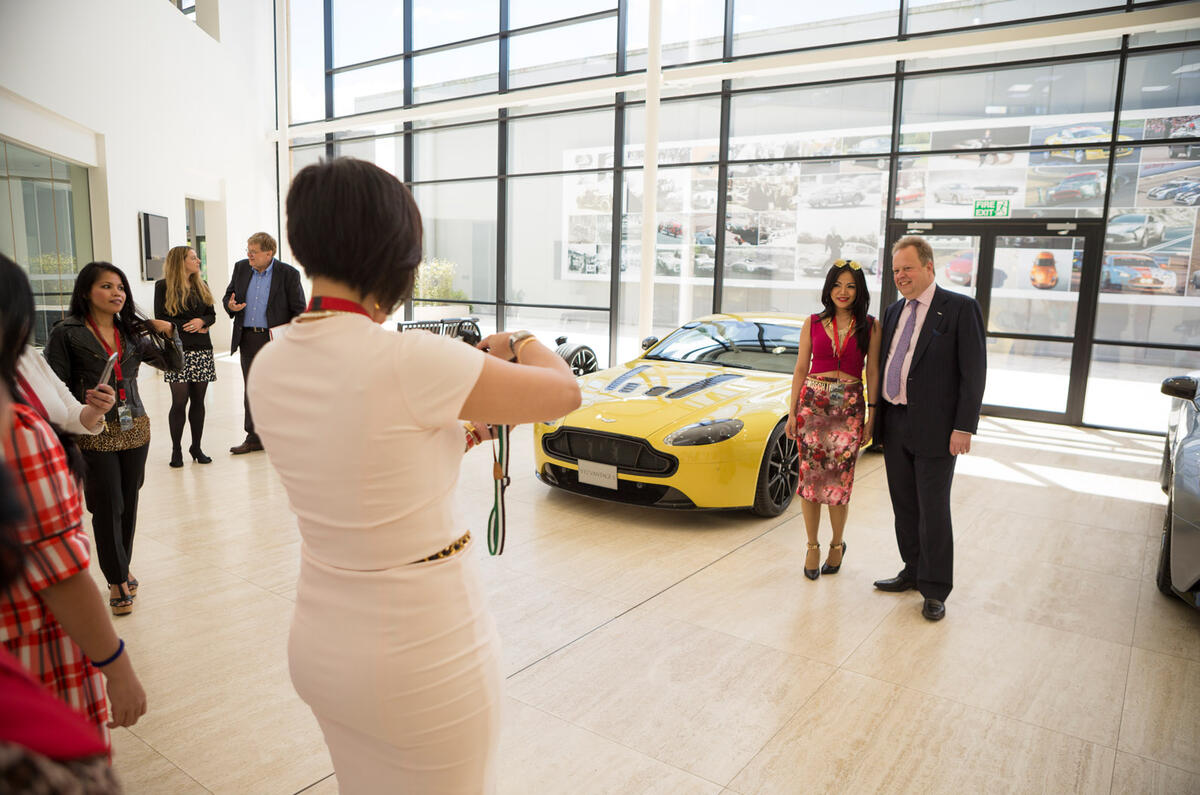





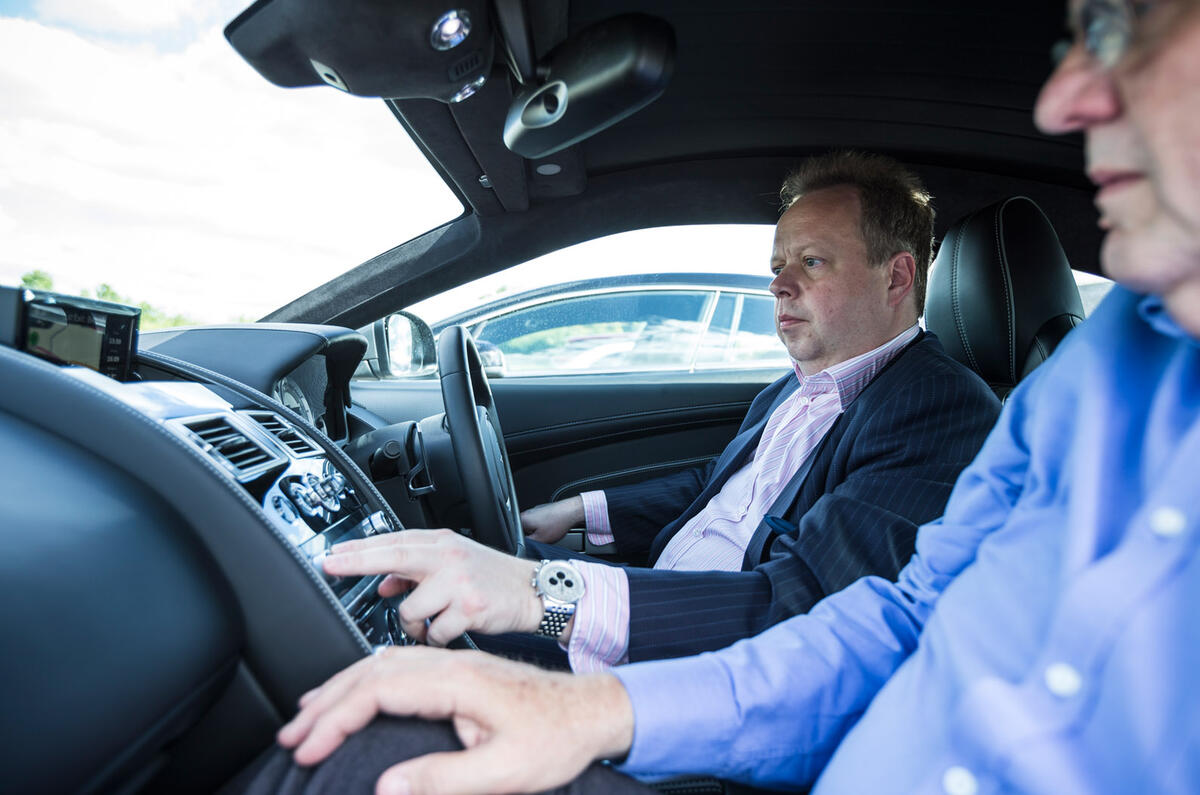
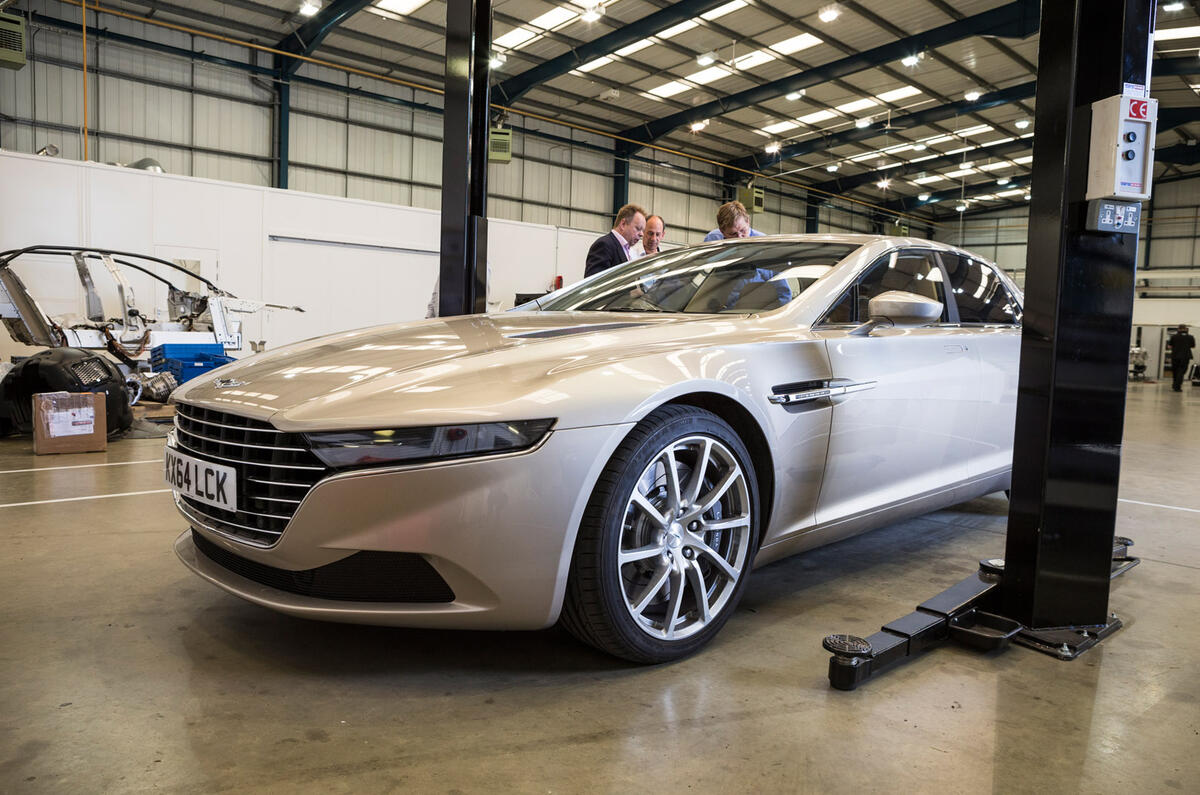
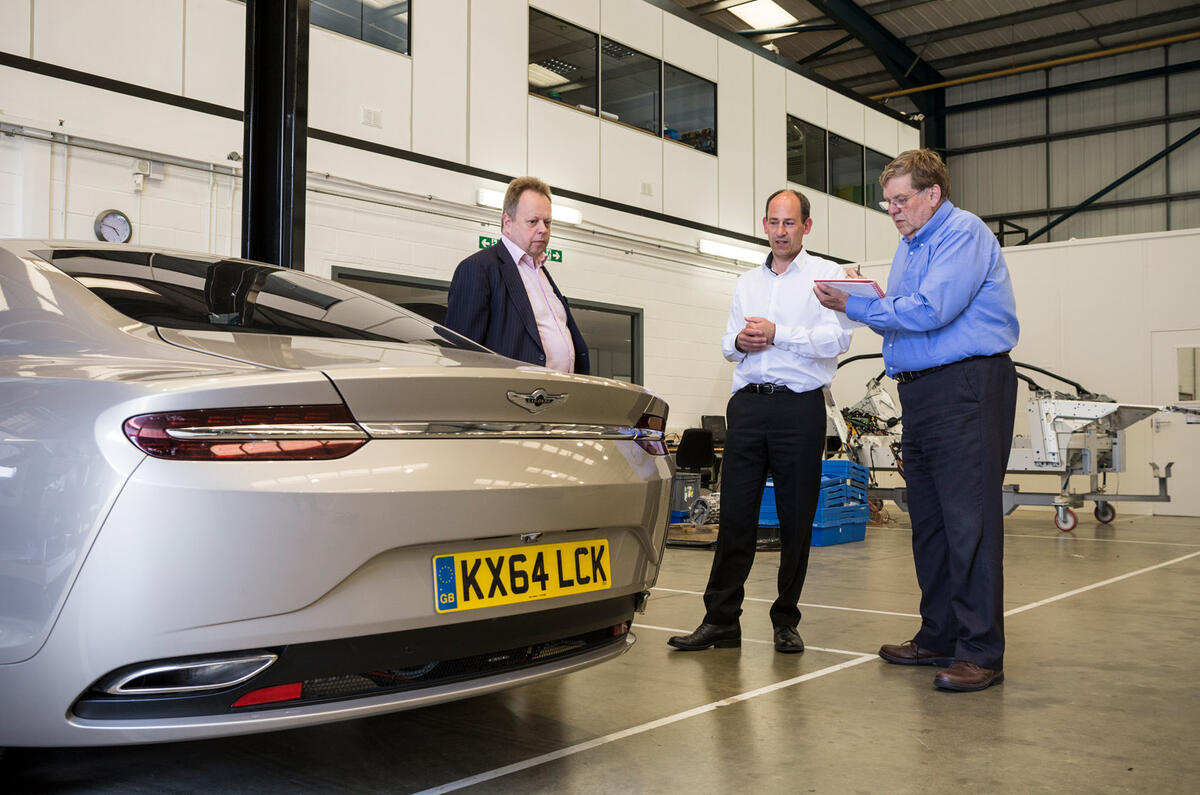
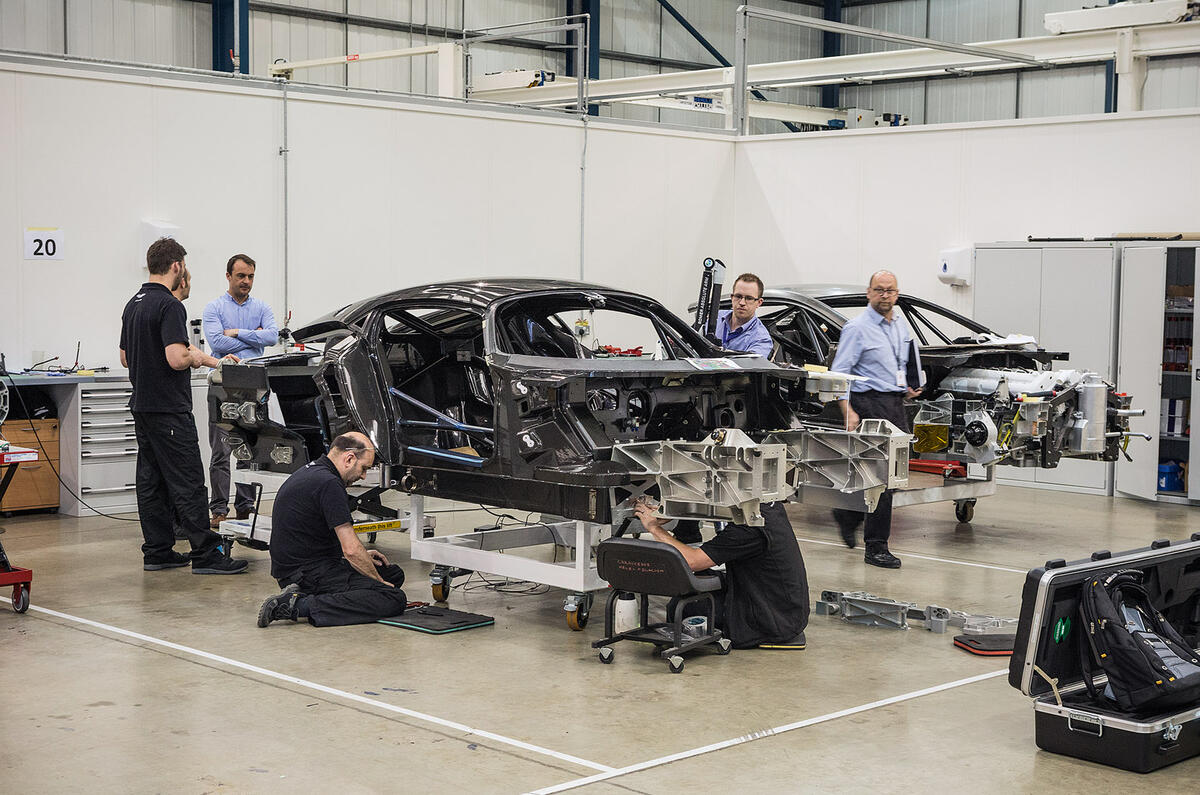
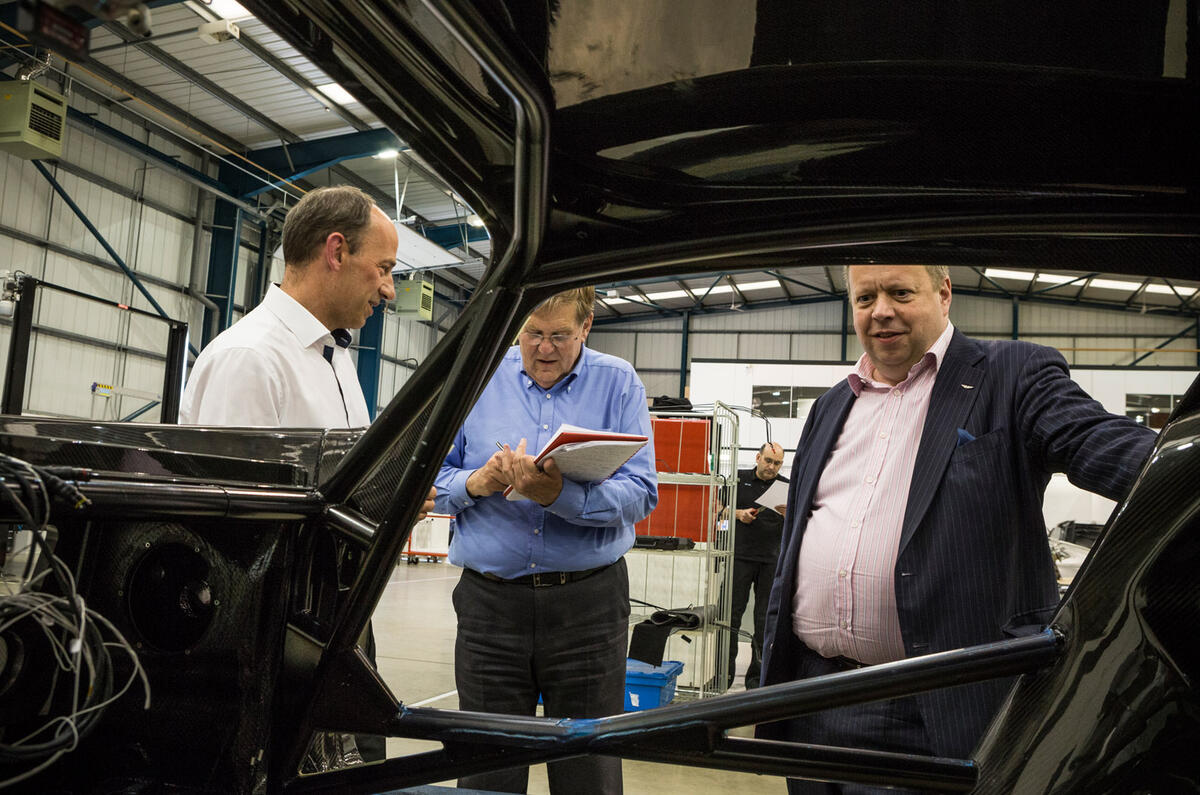
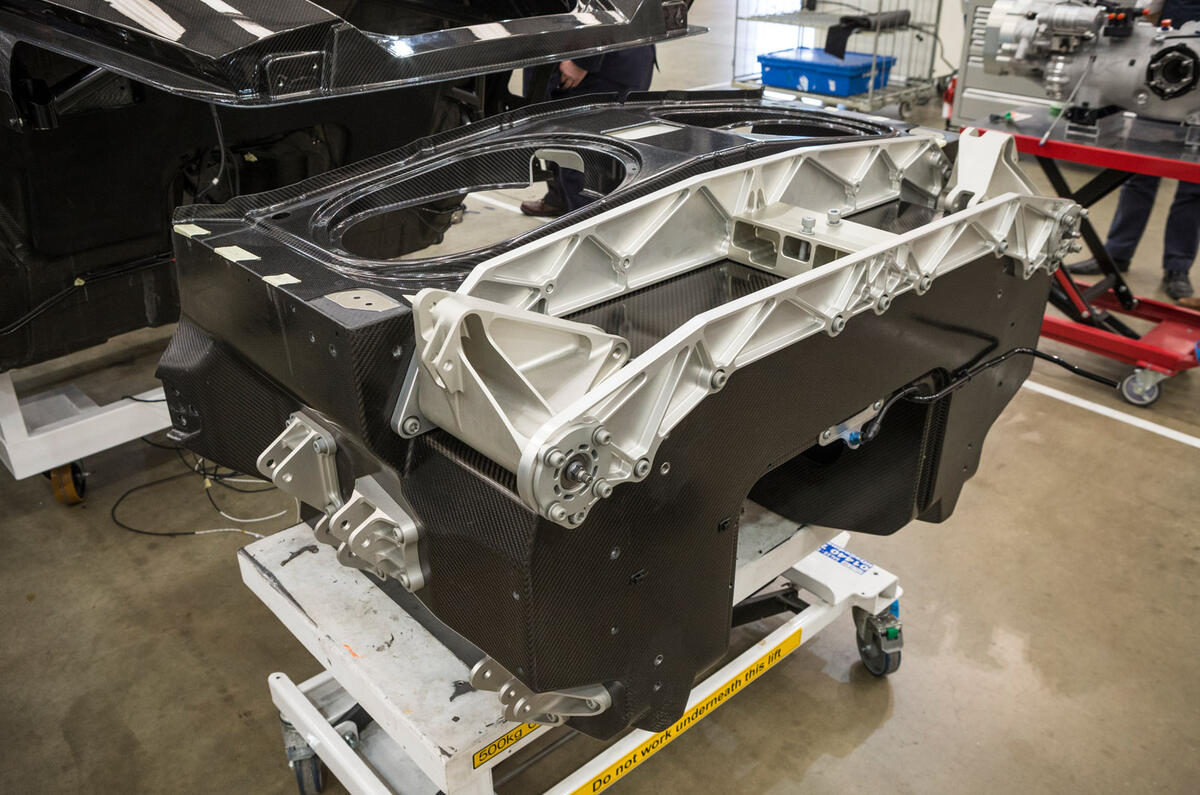
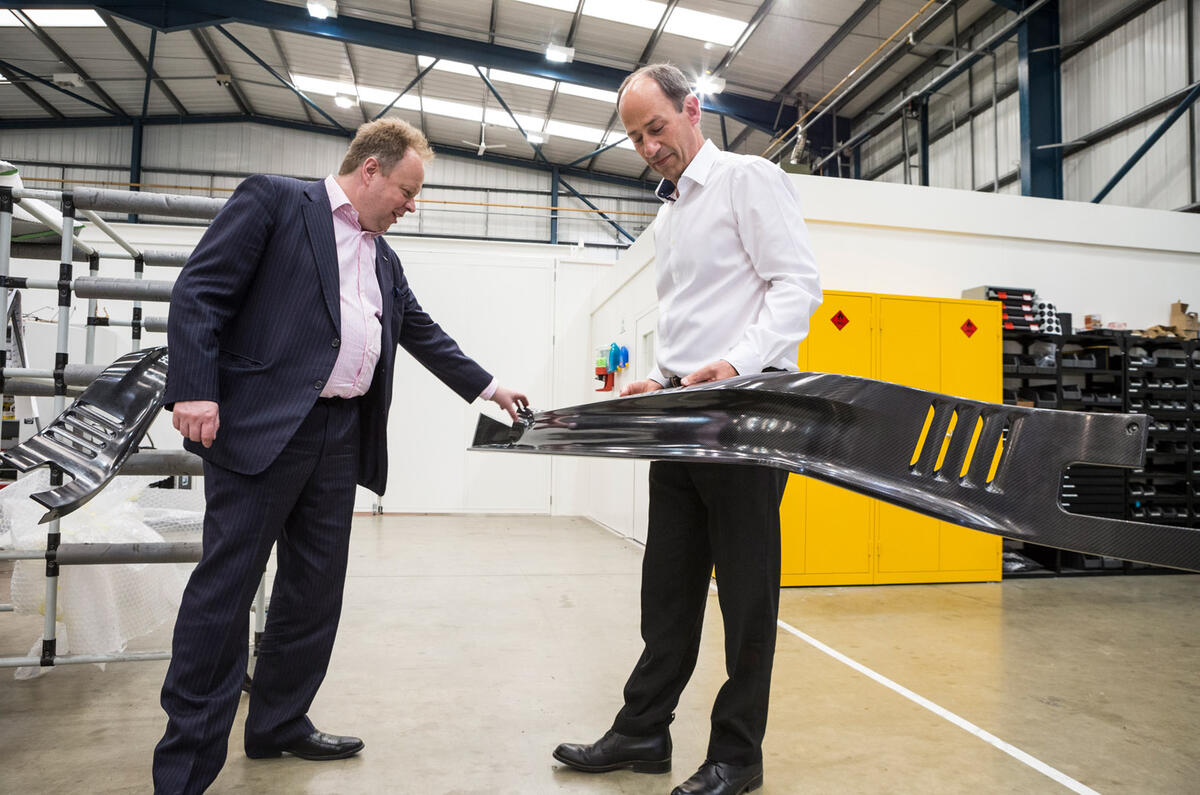
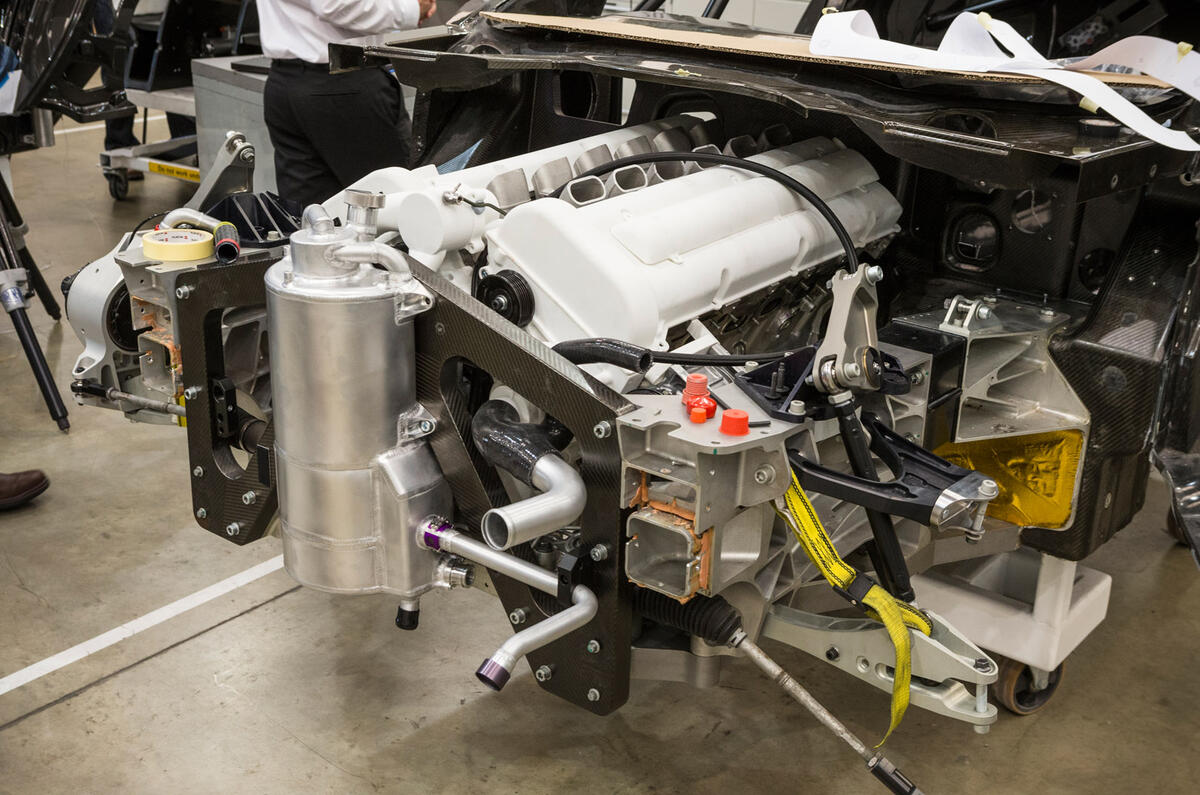
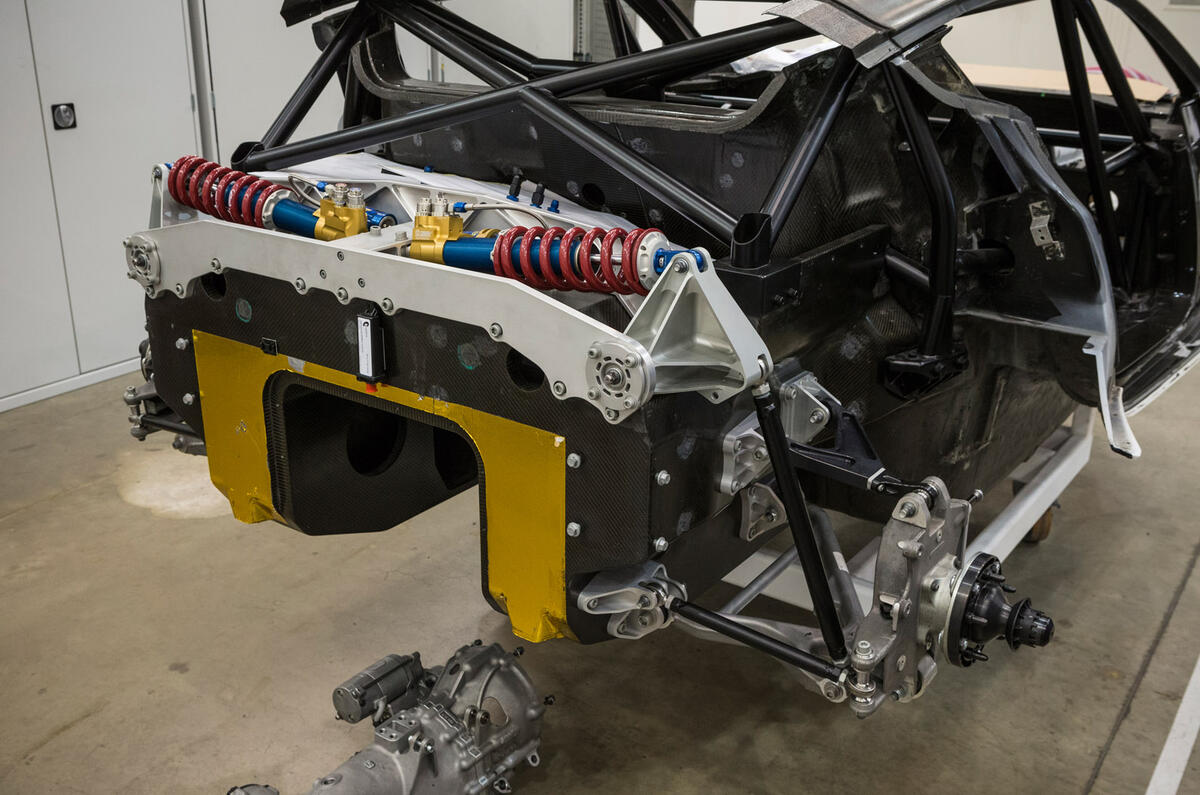
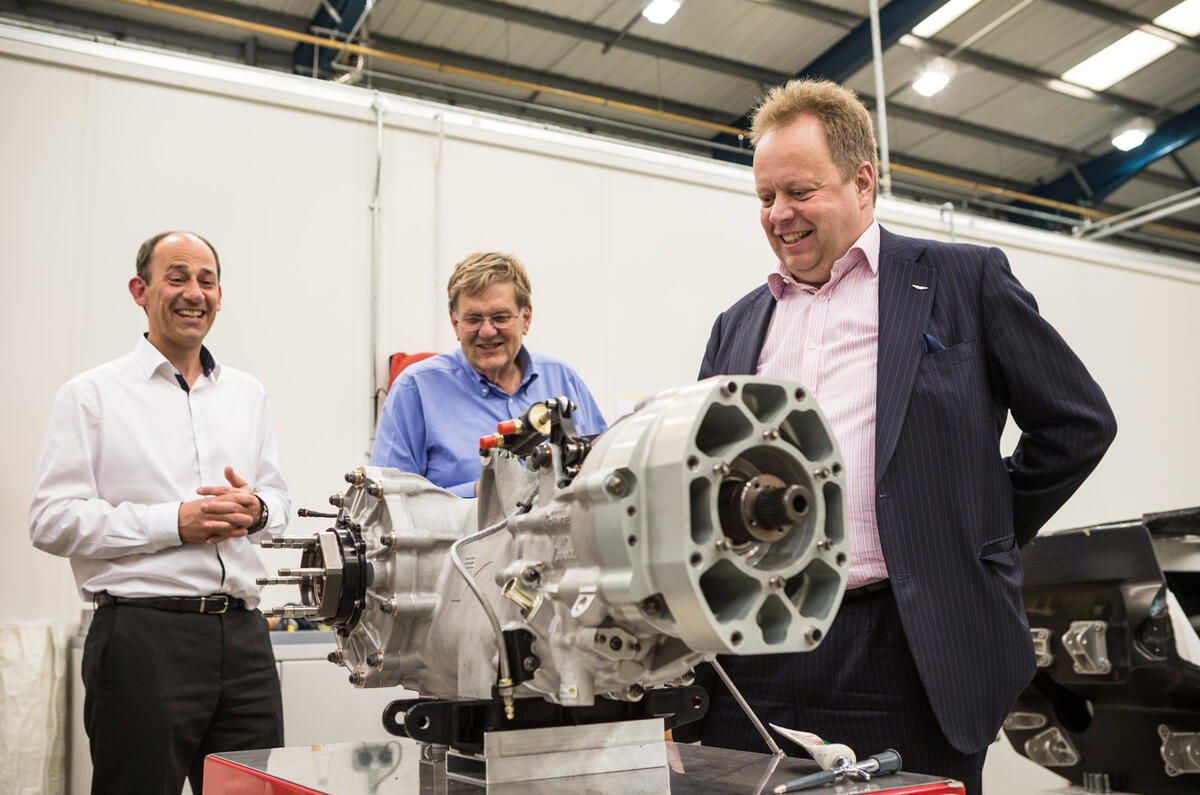

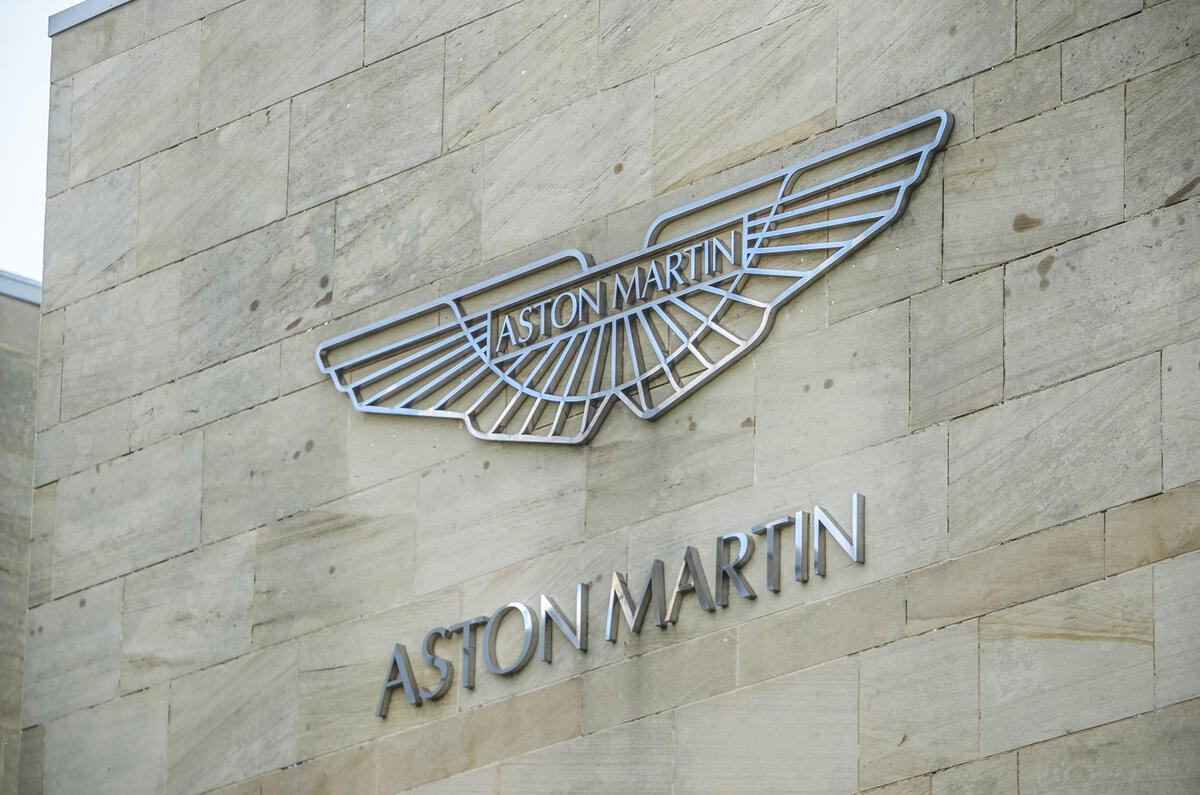
































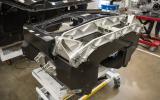












Join the debate
Add your comment
Aston Martin
It sounds like they are being a lot more pragmatic nowadays.
Not sure about corrected grain leather on high end cars but it's about time buyers of leather seats realised how much PVC panelling (typically not the bits you actually sit on) they might have in them made to look like leather...
Fascinating read but
Once, I saw a really, posh